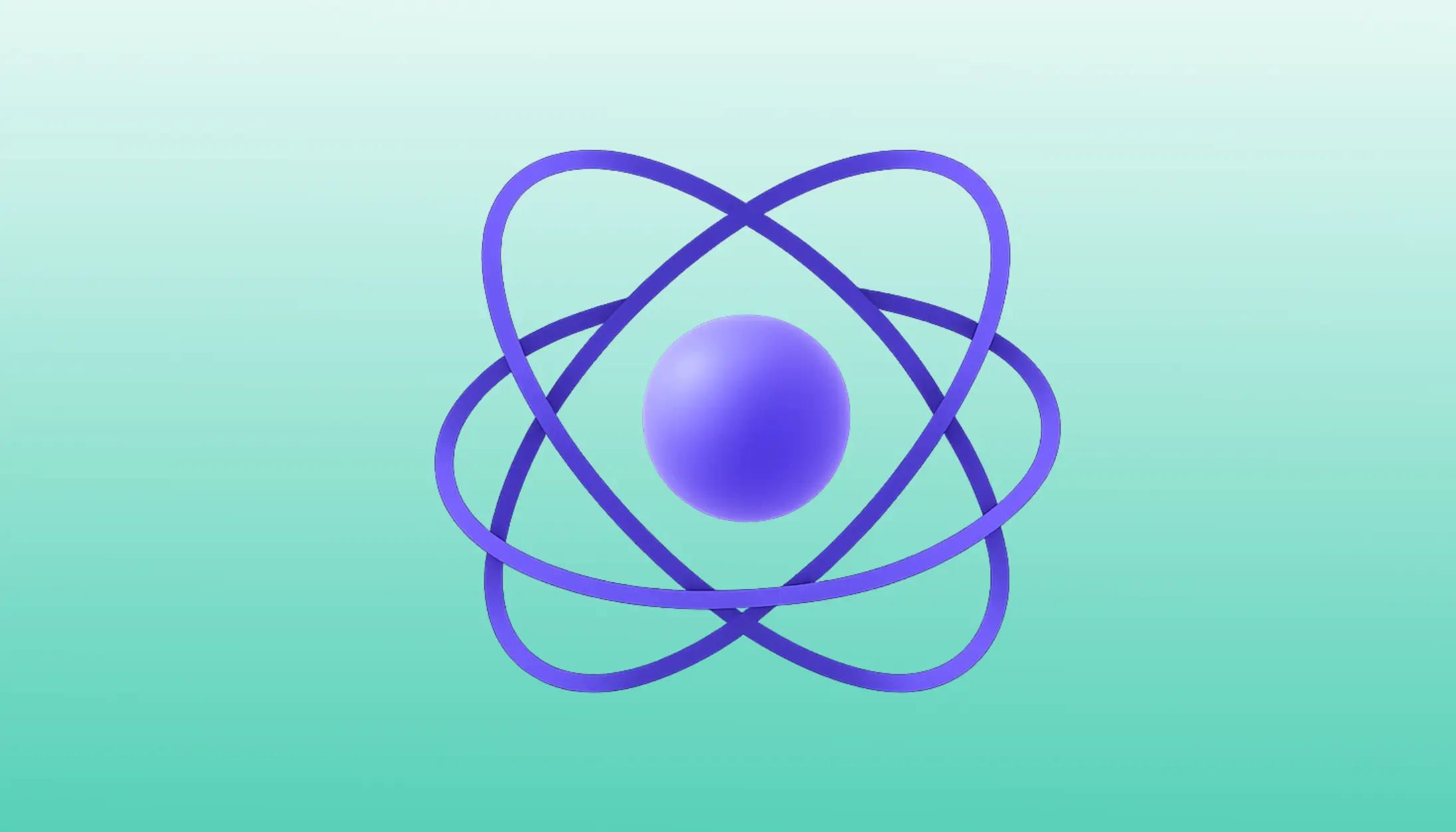The complete guide to lifecycle marketing automation for subscription businesses

Lifecycle marketing automation is the process of transforming every stage of the customer journey into a measurable and adaptive system. Instead of managing disconnected campaigns, automation ensures that messages, offers, and experiments evolve with customer behavior, from acquisition to renewal and reactivation.
Lifecycle marketing automation closes the gap between testing and doing. Once a test proves effective, it automatically becomes part of the ongoing experience for all future subscribers.
For consumer subscription companies, this means every subscriber receives the right message, using the right channel, at the right time. Examples include a welcome nudge that activates trials, a value reminder that prevents churn, or a winback offer that revives dormant users.
Why lifecycle automation matters for retention and growth
In subscription models, retention is the growth engine. The longer a subscriber stays, the more predictable the company's revenue becomes. Manual lifecycle management makes it difficult for audiences to evolve daily, and static campaigns struggle to keep up with the dynamic nature of subscribers.
This combination of intelligence + automation transforms retention from a reactive process into a self-learning system.
Automation changes this by:
- Ensuring that proven interventions stay active without manual setup.
- Connecting behavioral signals to the next best action in real time.
- Letting teams test, validate, and deploy improvements continuously.
The five stages of automated lifecycle marketing
Every subscriber journey can be broken into five stages. Automation ensures that each one is supported by data-driven actions and measurable outcomes.
1. Awareness
At this stage, automation helps segment high-intent audiences and deliver relevant content that moves them toward a trial or signup. Predictive scoring identifies which leads are most likely to convert, allowing campaigns to focus their efforts where they matter the most. The goal is not mass awareness, but qualified awareness so that subscribers understand the value before they ever start a trial.
2. Onboarding and activation
Automated onboarding sequences adapt to individual behavior. For example, if a subscriber engages early, they receive deeper feature education. If they lag, however, they get simplified guidance or reminders to complete setup. Testing subject lines, sequence length, and timing keeps this experience sharp and ensures faster activation and higher trial-to-paid conversions.
3. Engagement
Once active, automation keeps subscribers engaged by recognizing usage patterns. Personalized recommendations, dynamic offers, and feature updates are triggered by real-time signals, including frequency of visits or time spent. These messages sustain value perception and reduce the risk of silent churn, which occurs when a user stops engaging before they cancel.
4. Retention and renewal
Before renewal, automation can analyze churn risk based on product usage, billing behavior, or content consumption. Subscribers predicted to lapse receive tailored incentives or reminders that reinforce the value they have already gained. For example, Subsets customers have used dynamic renewal prompts and targeted downgrade paths to achieve retention lifts between 4% and 23%.
5. Reactivation
When a subscriber churns, automation identifies the reason, whether price sensitivity, lost habit, or product fatigue, and triggers the most relevant winback sequence. Each message's content, tone, and timing are personalized so reactivation feels thoughtful rather than generic. At this stage, predictive models and behavioral tagging work together to recover lost revenue efficiently.
Components of an AI-powered lifecycle marketing automation system
A mature and effective lifecycle marketing automation setup includes more than a scheduler or CRM. It is an integrated ecosystem where experimentation, data, and orchestration work together.
1. Predictive audience engine
Instead of static lists, audiences update automatically based on engagement signals and lifecycle stage. High-value cohorts, churn-prone users, and upgrade-ready segments are identified continuously, so campaigns always target live opportunities.
2. Experimentation layer
Every automation starts as a test. A strong platform allows teams to run controlled experiments with treatment and control groups and is able to track lift across metrics. Once an experiment wins, it is promoted to an always-on journey instantly.
3. Journey orchestration
Journeys must evolve automatically when conditions change. If a subscriber moves from “trial” to “paid,” they exit one path and enter another seamlessly. Frequency caps, pause conditions, and dynamic triggers ensure automation scales without subscriber fatigue or messaging overlap.
4. Analytics and attribution
Effective lifecycle marketing automation connects data sources across the tech stack to campaigns. Dashboards should be able to track which interventions protect the most revenue and which ones drive the deepest engagement by replacing vanity metrics (open rate, clicks) with business outcomes such as conversion lift, retention rate, ARPU, and lifetime value.
5. Governance and compliance
Automation at scale requires guardrails. Compliance rules, consent management, audit trails, and send controls must be in place to protect privacy and preserve brand trust/deliverability.
Measuring the success of lifecycle marketing automation
To track whether automation is improving subscriber health and revenue, focus on:
- Trial-to-paid conversion rate: Are more free users turning into paying customers?
- Retention lift: Are subscribers staying longer compared to control groups?
- Engagement depth: Are session times, visit frequency, and content breadth increasing?
- Recovered revenue: How much value has been saved from churn interventions?
- Lifetime value (LTV): Are automated journeys increasing total revenue per subscriber?
By monitoring these metrics over time, you quantify engagement and the compounded financial return of automation.
Choosing the right lifecycle marketing automation platform
Retention doesn’t scale with more campaigns; it scales with better systems.
When evaluating platforms, look for these essentials:
- Real-time data ingestion: Triggers depend on fresh engagement and transaction signals.
- No-code experimentation tools: Teams should be able to A/B test, deploy, and measure without engineering bottlenecks.
- Predictive analytics: Built-in intelligence to identify subscriber churn risk and upsell potential.
- Dynamic content assembly: Personalization that scales across campaigns and channels.
- Cross-channel orchestration: Email, push, and in-app messaging working together as one journey.
- Automation governance: Frequency limits, suppression rules, and compliance monitoring.
Subsets combines all these components into a single lifecycle automation platform that connects experimentation with activation, ensuring every campaign improves itself over time.
The future of lifecycle marketing automation
As personalization deepens and privacy standards rise, automation will become the central nervous system of retention strategy. The future belongs to systems that predict and react to user behaviour to promote the next best action before engagement drops.
Lifecycle marketing automation is no longer a tactical tool. It is the framework that connects experimentation, data, and revenue into one continuous loop of growth.
Closing thoughts
By building a lifecycle marketing automation engine that learns from every interaction, subscription brands can create predictable, compounding growth.
Subsets, an AI-powered lifecycle automation platform, helps consumer subscription teams identify predictive audiences, run statistically sound experiments, and automate the journeys that drive retention and lifetime value. If you want to see how lifecycle marketing automation can transform your subscriber revenue, book a demo with our team.


.svg)

.svg)
.webp)

.webp)